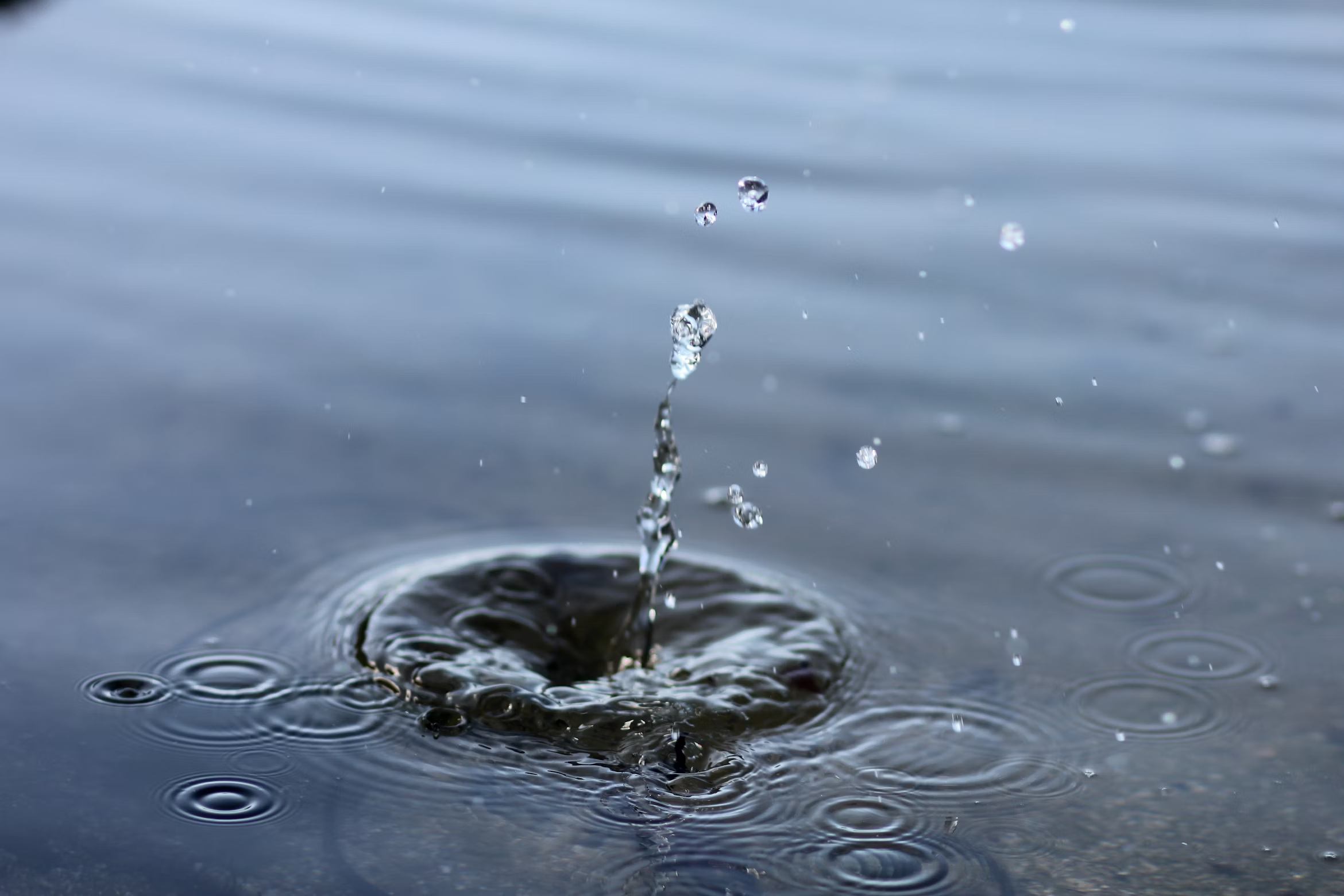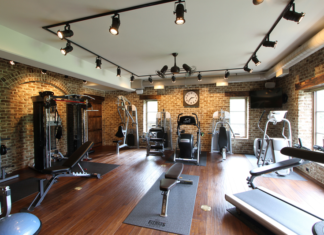Watering a lawn should be simple, but having the wrong pump can turn a weekend project into a puzzle of low pressure, air leaks, and constant resets. The goal is to find a reliable “heart” for your irrigation system that delivers water exactly where you need it without fuss—so your plants thrive, your bill stays reasonable, and the system runs smoothly.
What Pump Do I Need for Irrigation?
The pump is the engine of an irrigation system—its job is to move water at a specific flow and pressure. The right choice depends on your property size, water source, and watering needs. Below are the most common residential options.
Main Types of Irrigation Pumps
Self-Priming Centrifugal Pump
A surface pump installed on dry land that pulls water from a shallow source using a rotating impeller. A self-priming unit can evacuate air in the suction line after the initial fill, speeding up startup after maintenance. Common for moderate pressure to spray heads and rotors.
Notes: Avoid running dry; consider a foot valve to maintain prime.
Sprinkler / End-Suction Centrifugal Pump
Similar hydraulics to a self-primer, typically offered in housings/sizes for lawn irrigation. Delivers higher flow for multiple zones and pressure suited to pop-up sprays or rotors—ideal for medium to large yards pulling from a tank or nearby pond with a short, straight suction line.
Jet Pump (Shallow or Convertible)
Uses a venturi to boost suction for below-grade sources. A shallow-well jet handles up to ~25 ft of suction lift; a convertible jet can be configured for deeper lifts using an ejector kit. Reliable but can be noisier and requires priming.
Submersible Pump
The sealed motor and pump live underwater (well, pond, or vertical tank), eliminating priming issues and suction leaks. Quiet and hidden—standard for wells deeper than 25 ft. Service requires pulling the unit.
Multistage Booster Pump
Used when water is already under pressure (city or gravity feed) but zones need more head. Installed inline to raise pressure—not flow. Correct sizing prevents energy waste.
Transfer Pump for Rain Barrels and Totes
Compact units to move stored rainwater to drip or microspray zones. If pulling from a barrel, add a foot valve on the intake.
Engine-Driven Portable Pump
A small fuel engine spins a centrifugal impeller—handy where grid power isn’t available (e.g., pond/creek to hoses or traveling sprinkler). Plan hose size/nozzle flow for the engine speed; manage vibration and fuel.
Micro-Irrigation Support Pump
Ensures gentle, consistent flow for drip lines and microsprays. Typically paired with a pressure regulator and filter for uniform distribution and efficient water use.
Comparison Table
| Pump Type | Best Water Source | Typical Uses | Pros | Cons |
|---|---|---|---|---|
| Self-priming centrifugal | Rain tank / cistern, shallow pond (short suction) | Sprays & rotors on small–medium lawns | Fast restarts, easy service | Needs initial prime; sensitive to suction air leaks |
| Sprinkler centrifugal | Tank or pond near pump pad | Multi-zone yard systems | Good flow for many heads | Prefers straight, short suction line |
| Submersible | Well, vertical tank, or deep pond | Quiet, hidden installations | No priming; no suction leaks | Service requires pulling the unit |
| Jet pump (shallow/convertible) | Shallow well or buried cistern | Below-grade sources for lawns | Handles lift where others struggle | Setup and priming involved |
| Multistage booster | City water or gravity feed | Uniform zone pressure | Strong, even head at sprinklers | Oversizing wastes energy and parts |
| Transfer pump | Rain barrels or totes | Drip beds & micro zones | Small, affordable | Limited pressure for rotors |
| Engine-driven centrifugal | Remote creek or pond | Temporary watering with hoses/travelers | No outlet needed; very mobile | Noise; fuel handling and storage |
| Micro-irrigation support pump | Tank or city feed (with filtration) | Vegetable beds, borders, containers | Highly efficient water use | Needs filtration and pressure control |
Irrigation Pump Buying Guide
- Identify Your Water Source.
Deep wells favor submersibles or deep-well jets; low city pressure may require a booster. Add filtration/backflow prevention for surface sources. - Calculate Your Flow Rate (GPM).
Size to the largest zone: add the GPM rating of every sprinkler head in that zone. - Size for Property and Zones.
Match pressure to nozzle specs (higher pressure = higher energy demand). - Match to Your System Type.
Drip/microspray needs lower, consistent pressure; impacts/rotors need higher pressure. Consider regulated spray bodies and modern controls.
5 Best Places to Buy Irrigation Pumps for Your Home
- ePumps. Large catalog (pressure, submersible, well) with filters by voltage, discharge, horsepower; brands include Grundfos, Berkeley, Sta-Rite. Support via chat/phone.
- Pentair. Wide range from basic pumps to advanced booster systems; innovations like Intellidrive variable frequency drive for constant water pressure.
- Hoover. Builds/installs/services packaged pump stations with smart features—primarily commercial/agricultural, but with residential solutions for plug-and-play setups.
- Precision Pumping Systems. Compact UL-listed booster stations with touch-screen controls and quick-ship options; engineered VFD systems for demand-based speed control.
- Munro. Specializes in landscape/lawn pumps, stations, and accessories—sprinkler-ready options and bundled control packages for standard yard zones.
Installing Your Irrigation Pump
Jet or centrifugal pumps are DIY-friendly for many homeowners; submersibles and high-voltage electrical work are best left to professionals. Never work on wiring with power on.
- Choose the Right Pump Location.
Keep suction runs short/straight, set on a level pad, protect from weather without blocking airflow, and plan service access. Consider pressure-regulating components downstream (EPA WaterSense tips). - Set Up Intake and Output.
Use reinforced hose or rigid pipe sized to the pump inlet; add a foot valve and intake screen below the water surface; install a one-way valve after the pump discharge. - Electrical & Safety.
Many pumps run on 115/240V and need a dedicated circuit and weatherproof switch/controller. GFCI protection is commonly required outdoors (with exceptions for some submersible well pumps). - Prime the Pump.
With power off, fill the pump casing and suction line via the priming port until full; replace the plug, power on, allow air evacuation, then open the outlet to target flow.
Choose the Right Irrigation Pump for a Thriving Landscape
Align the pump type to the source, the size to your zones, and the pressure to your nozzles. Invest once—then enjoy reliable, efficient watering every season.















